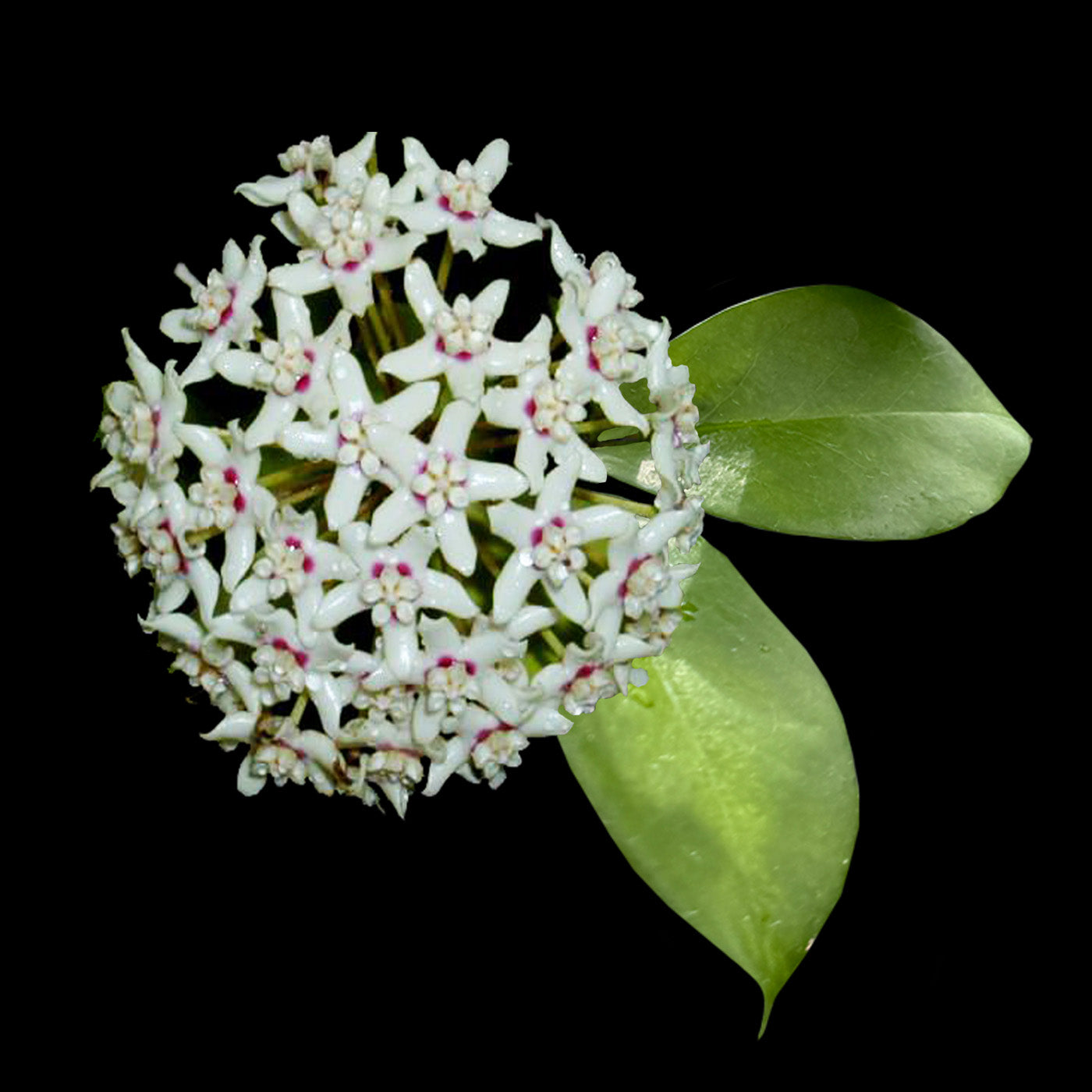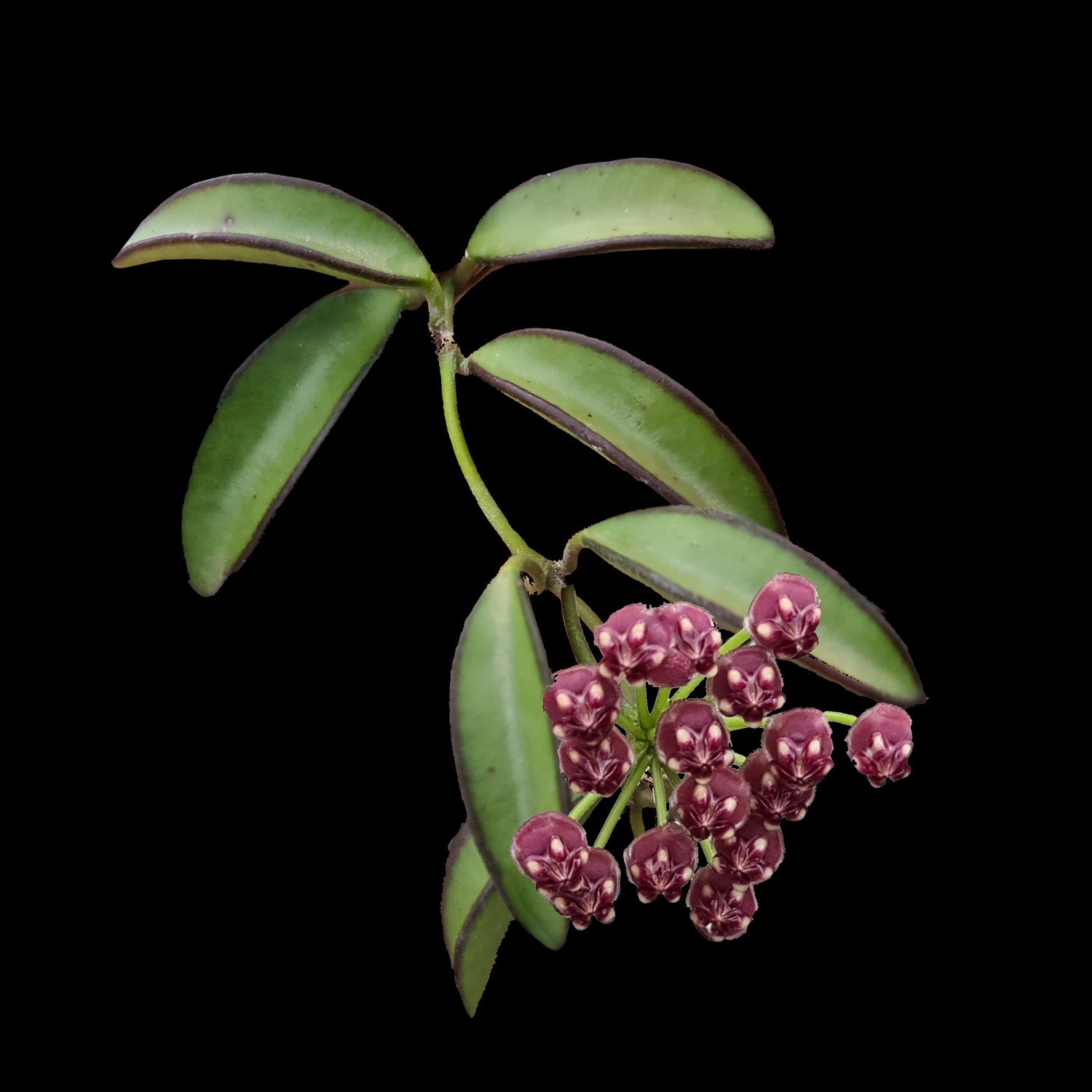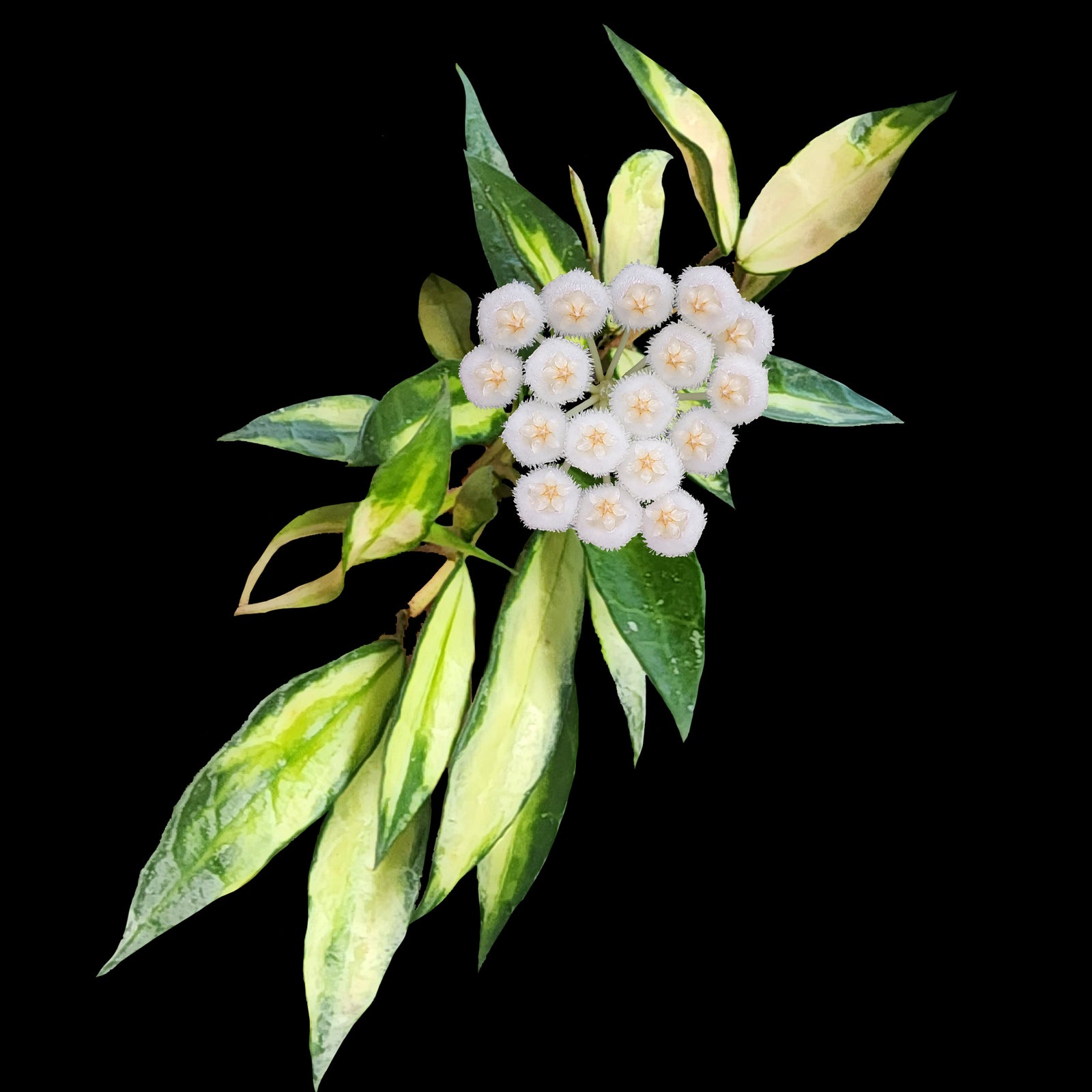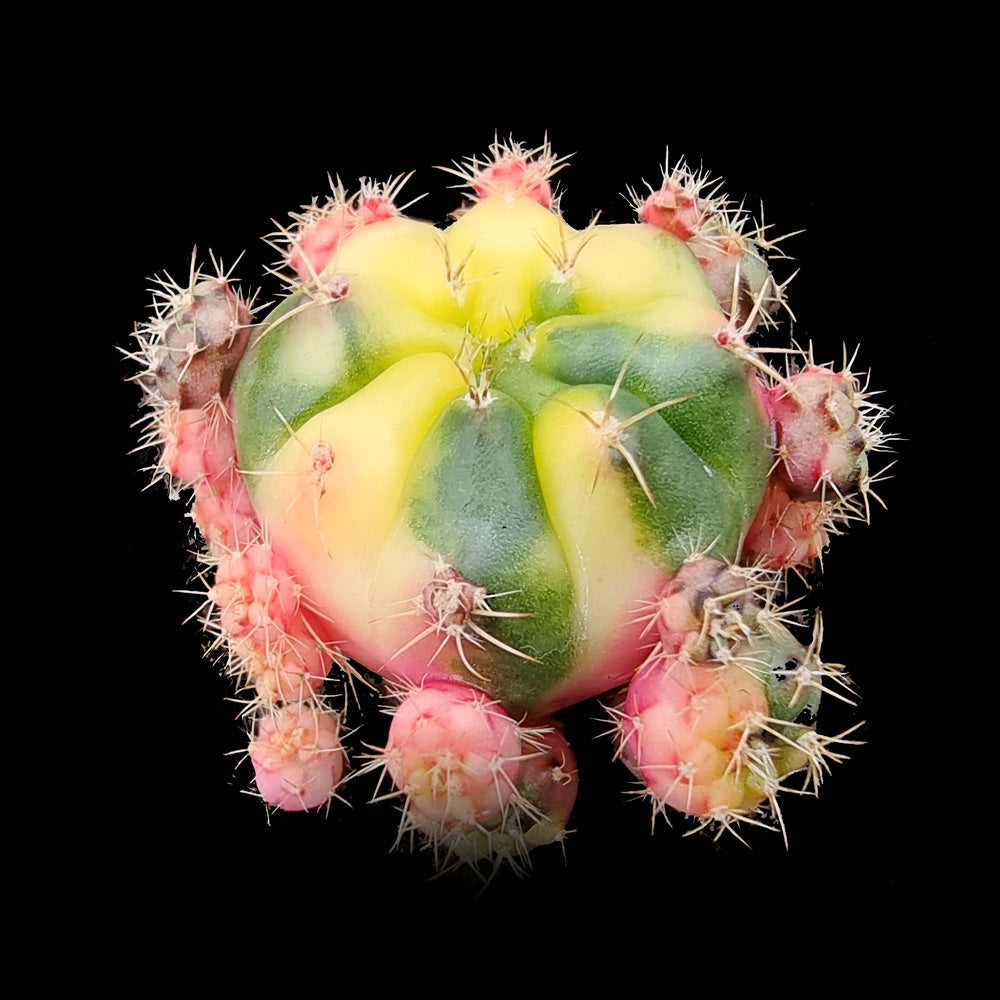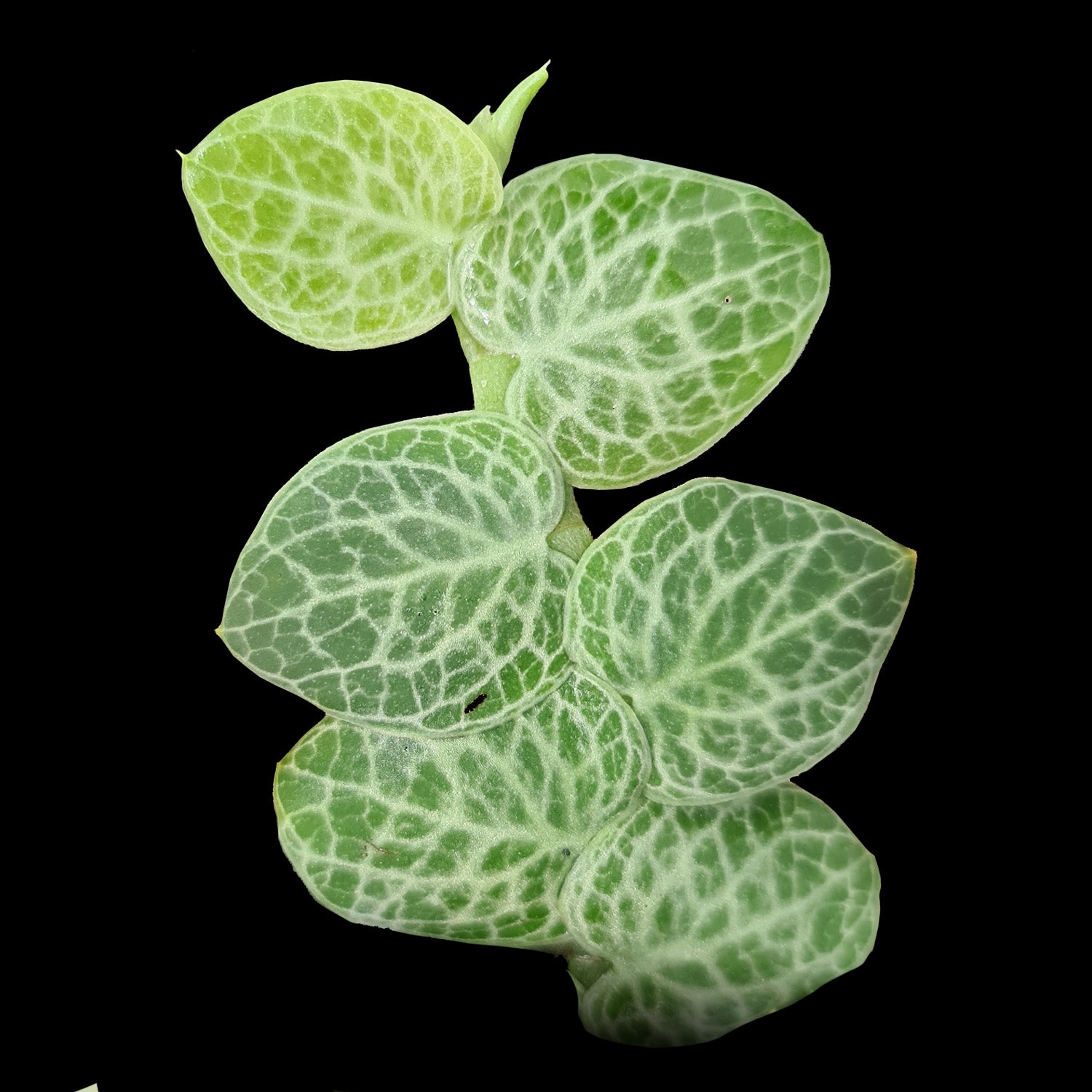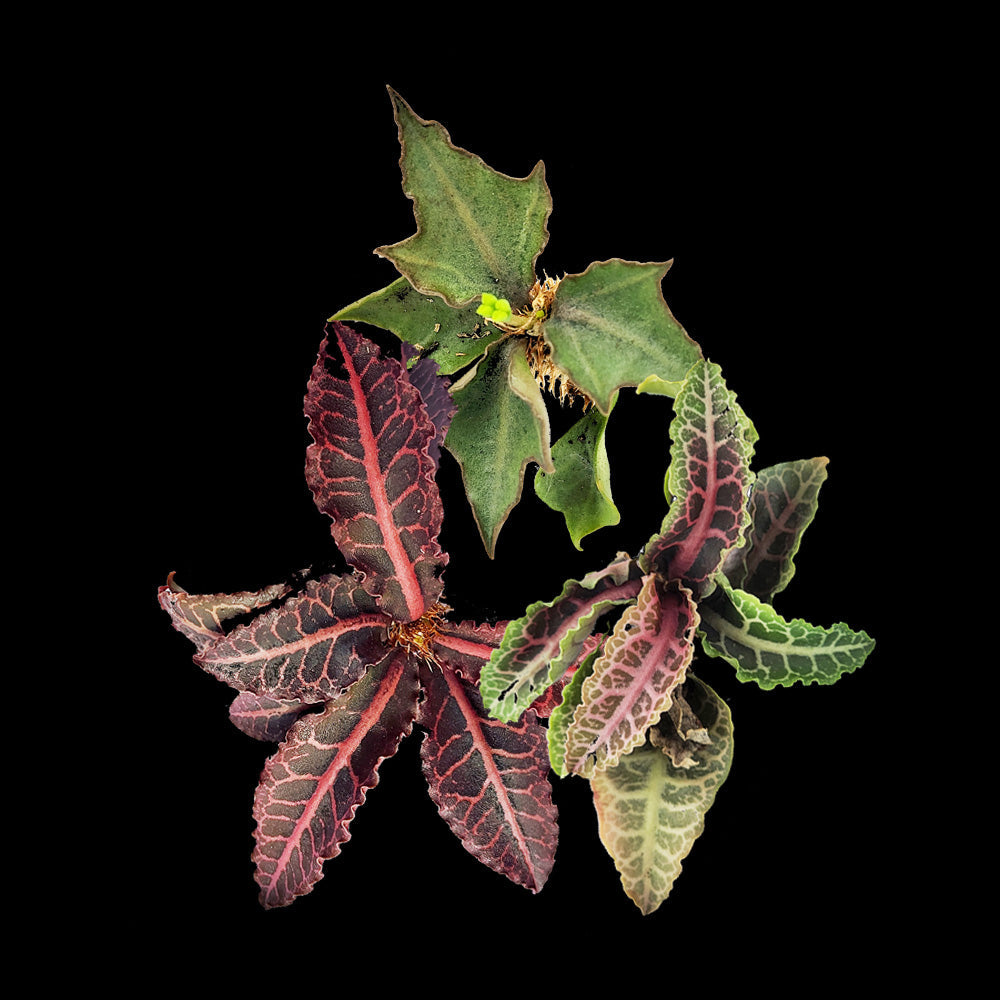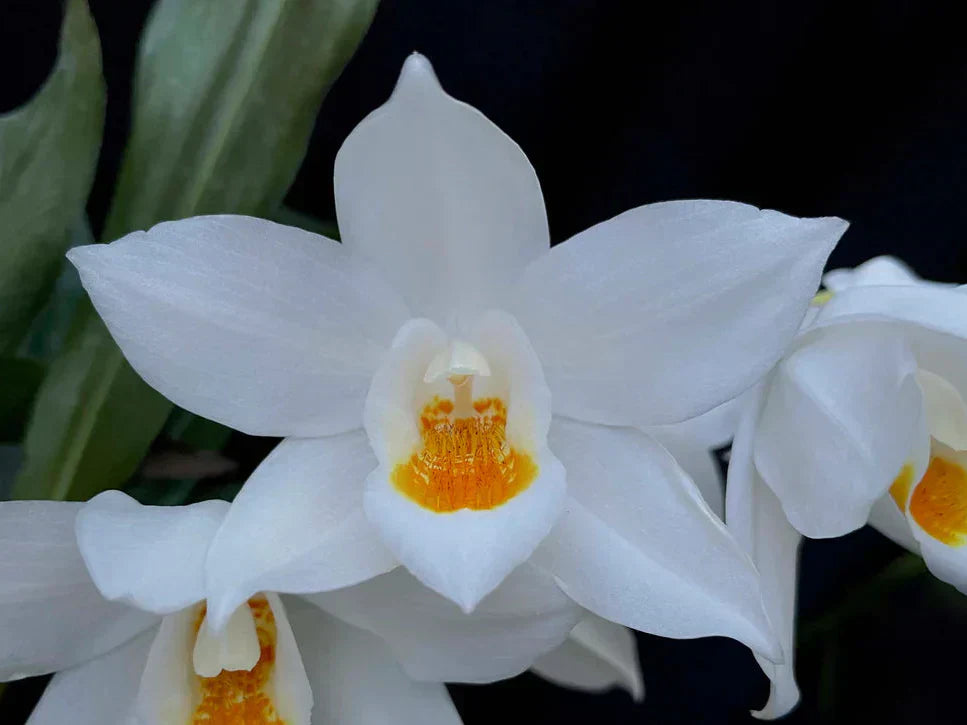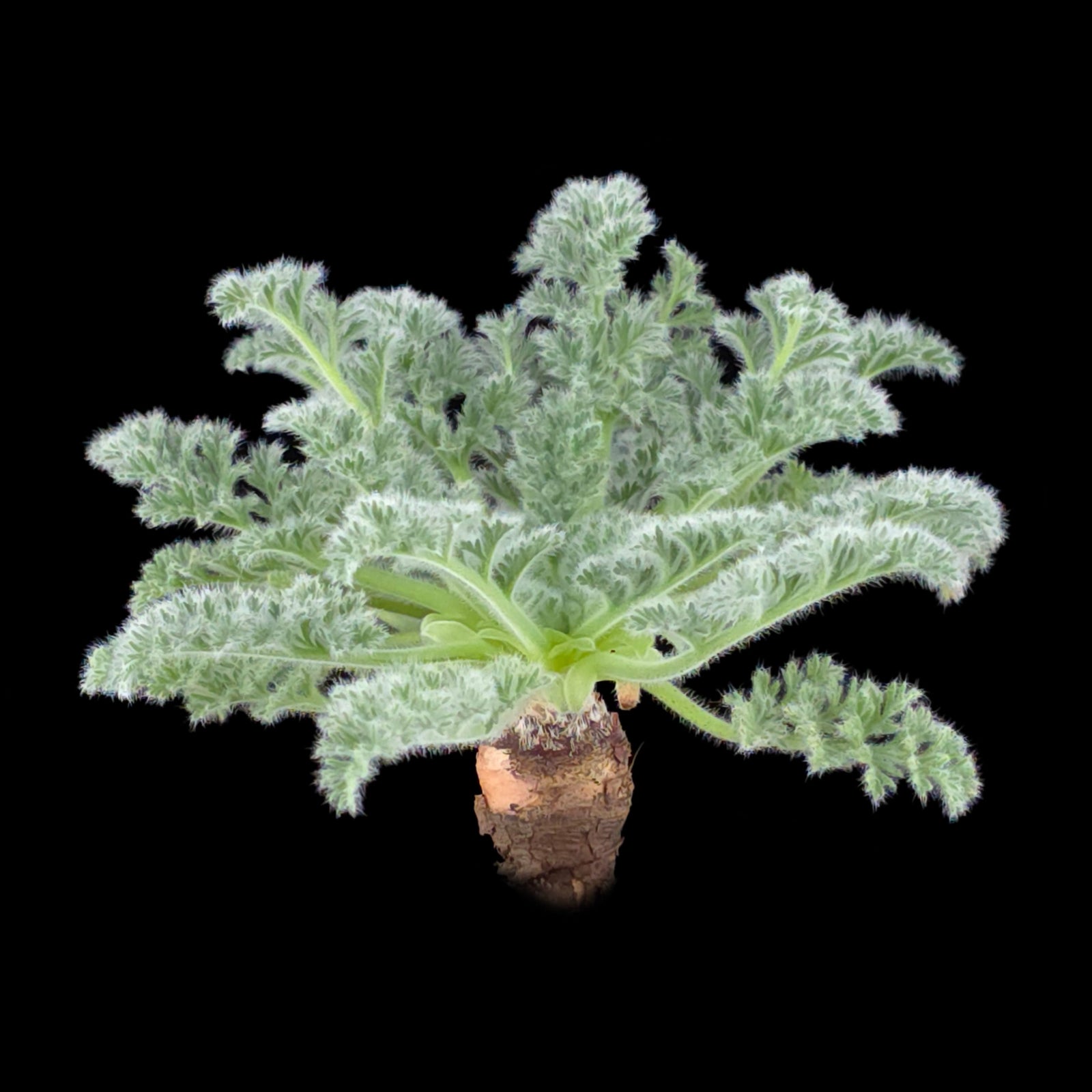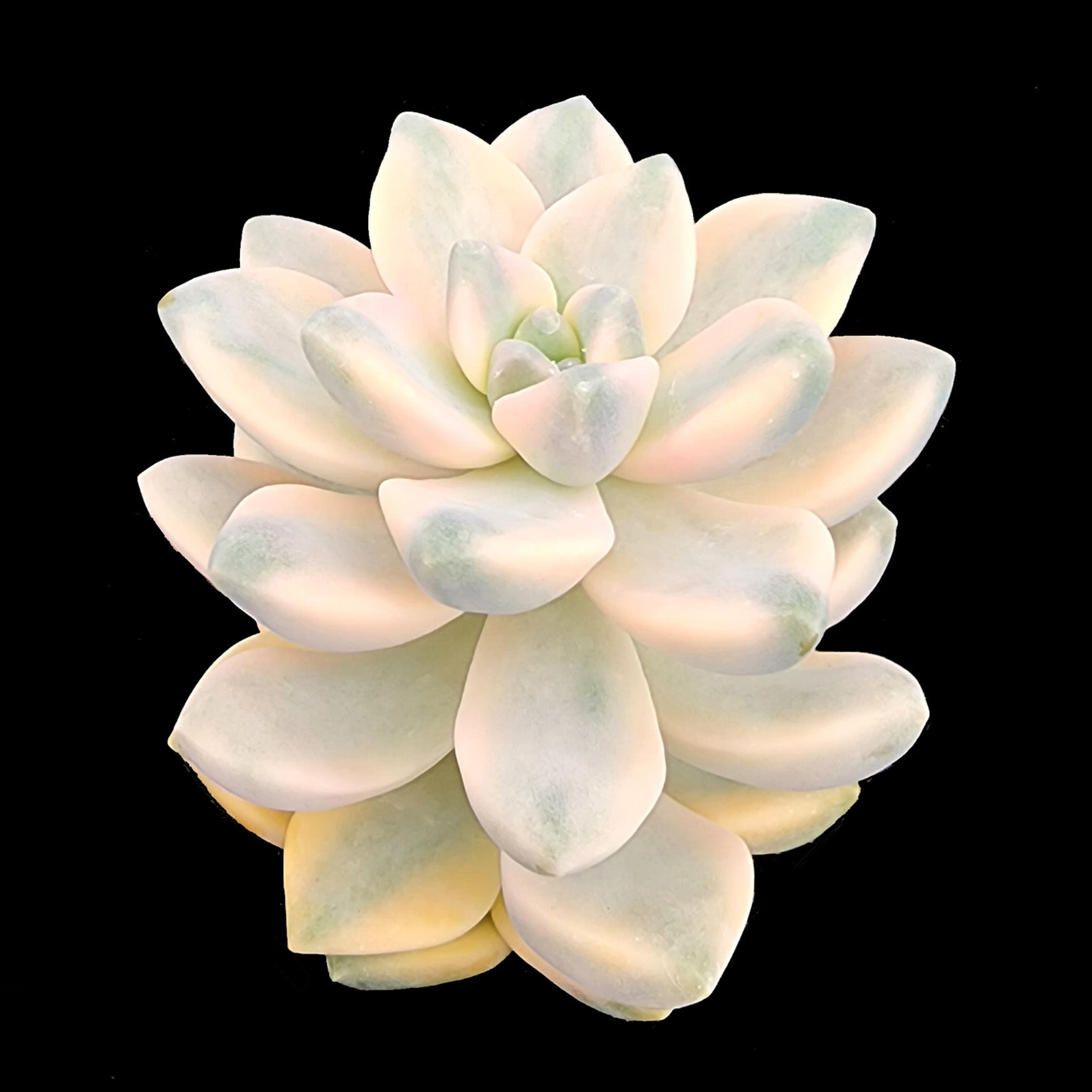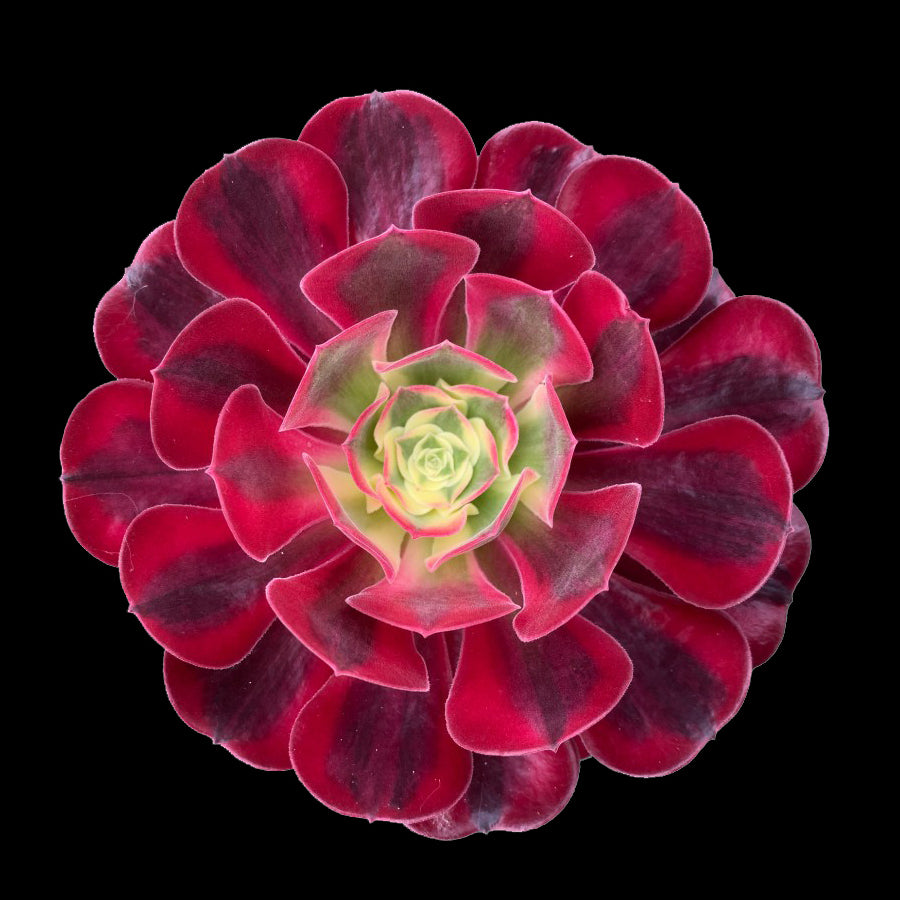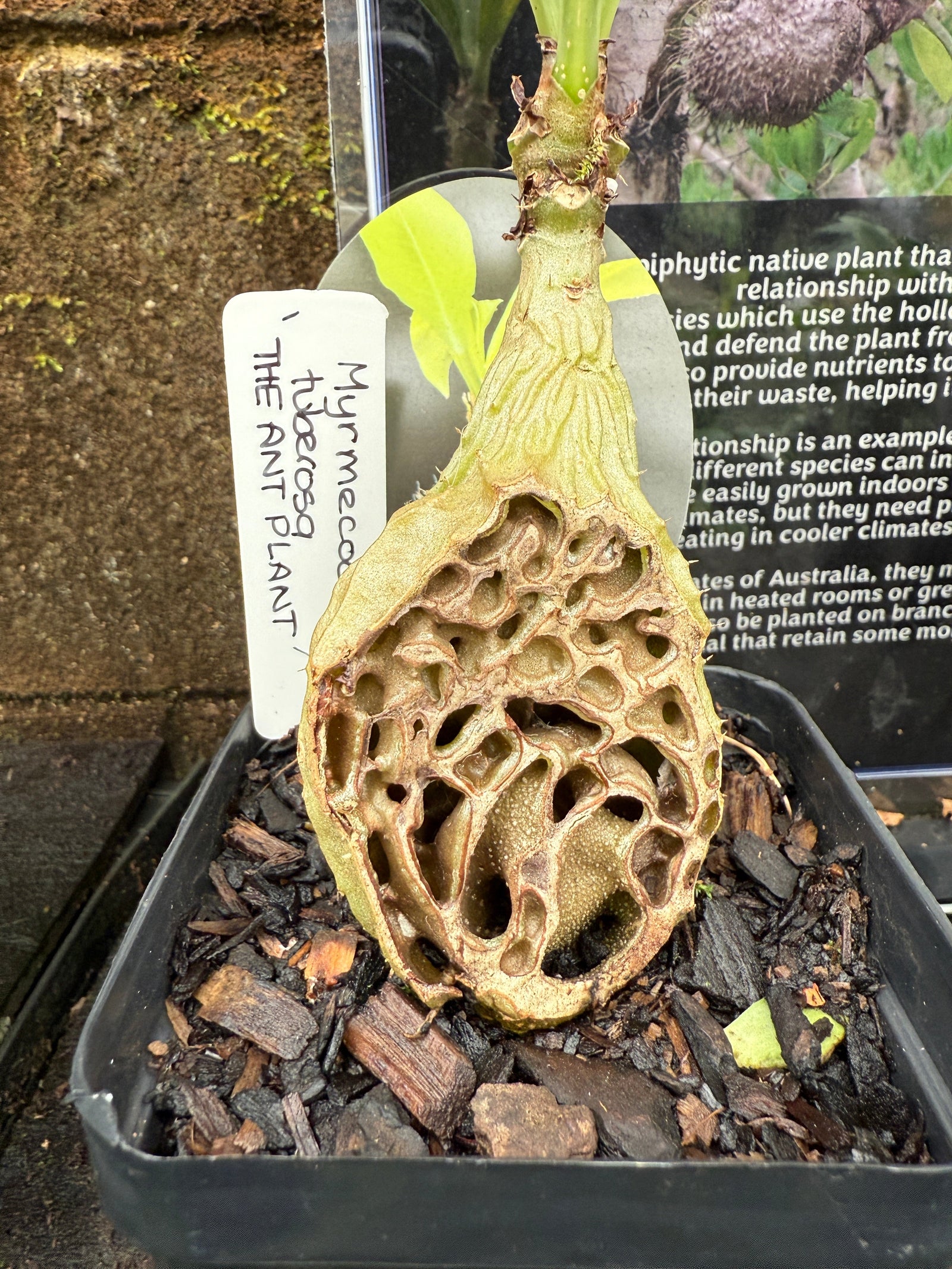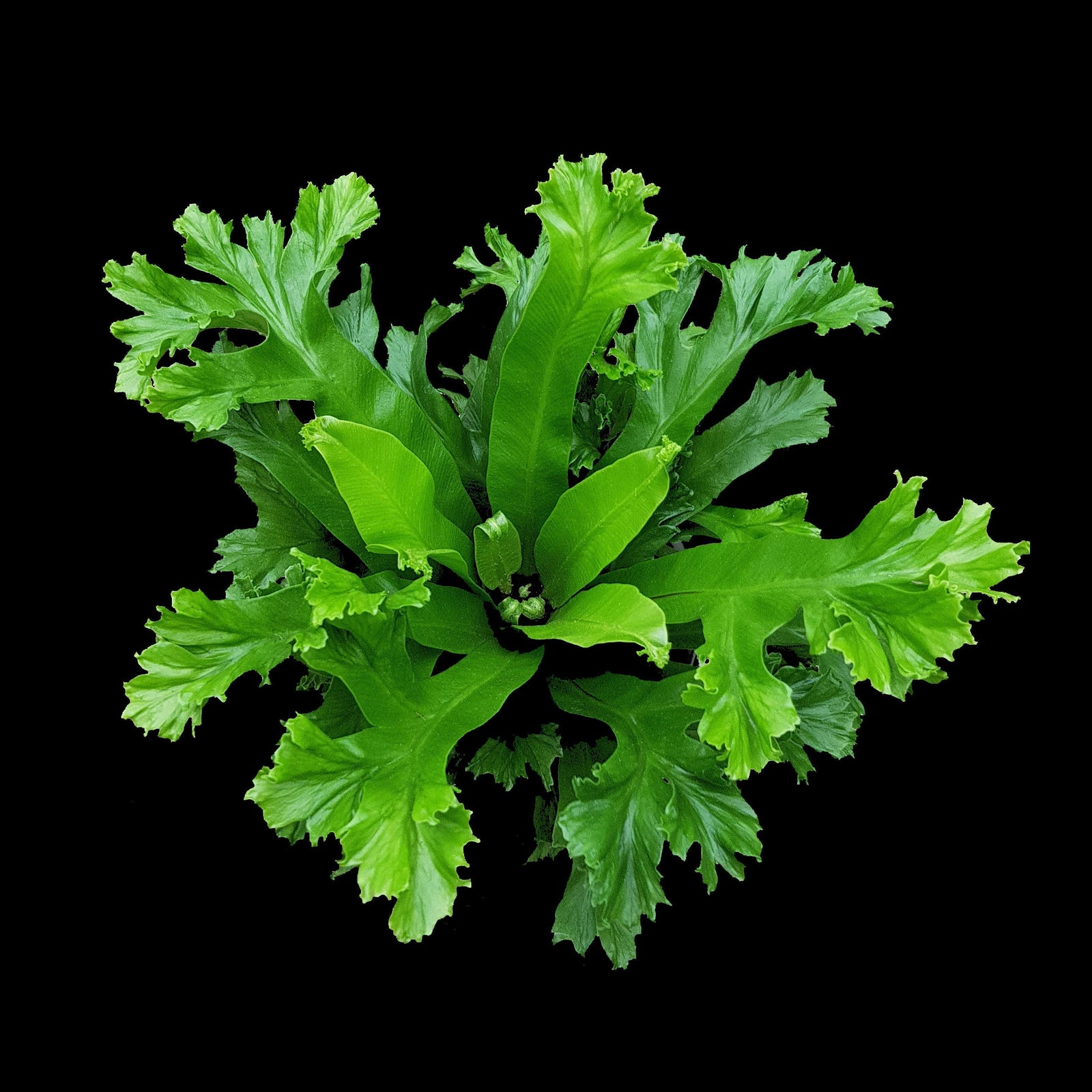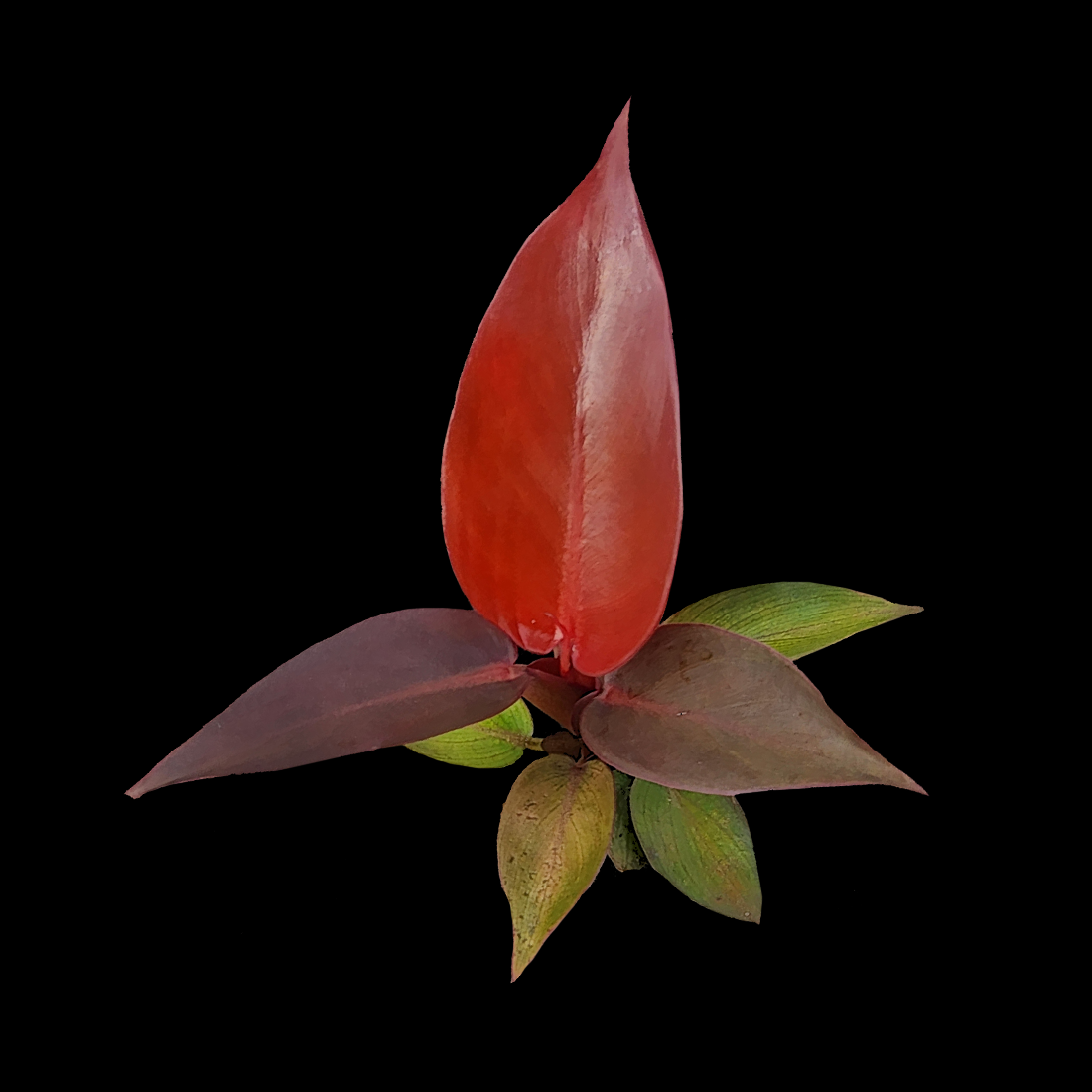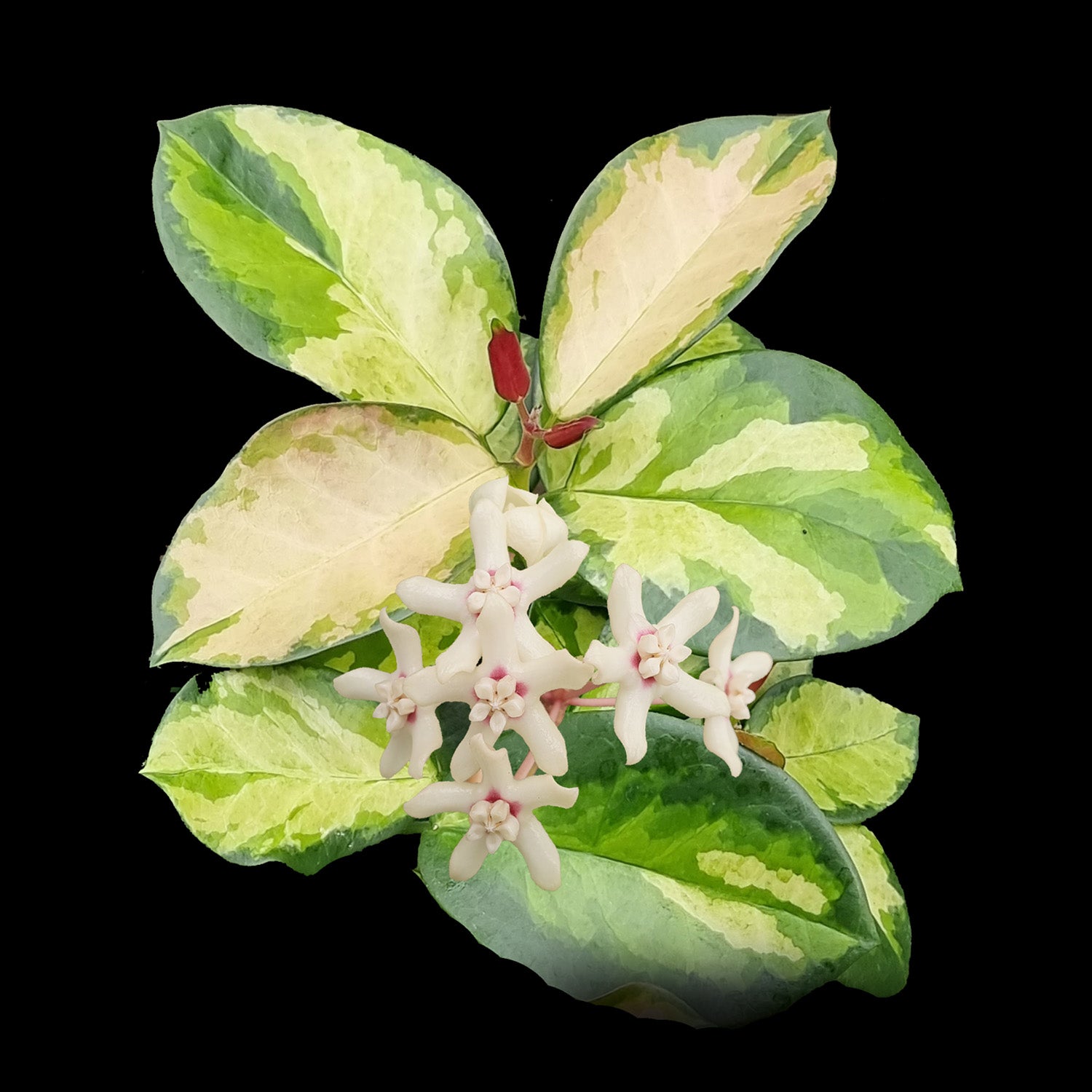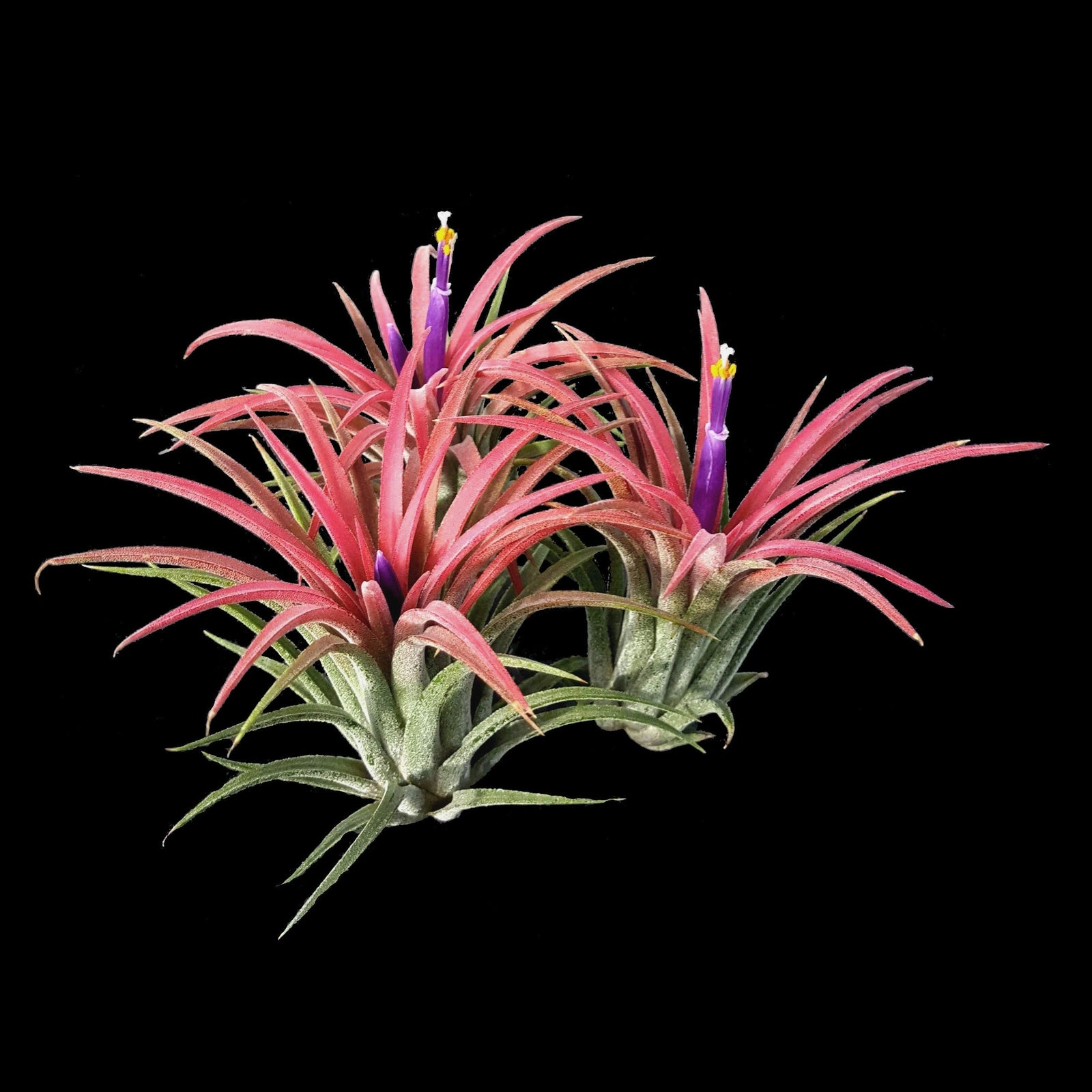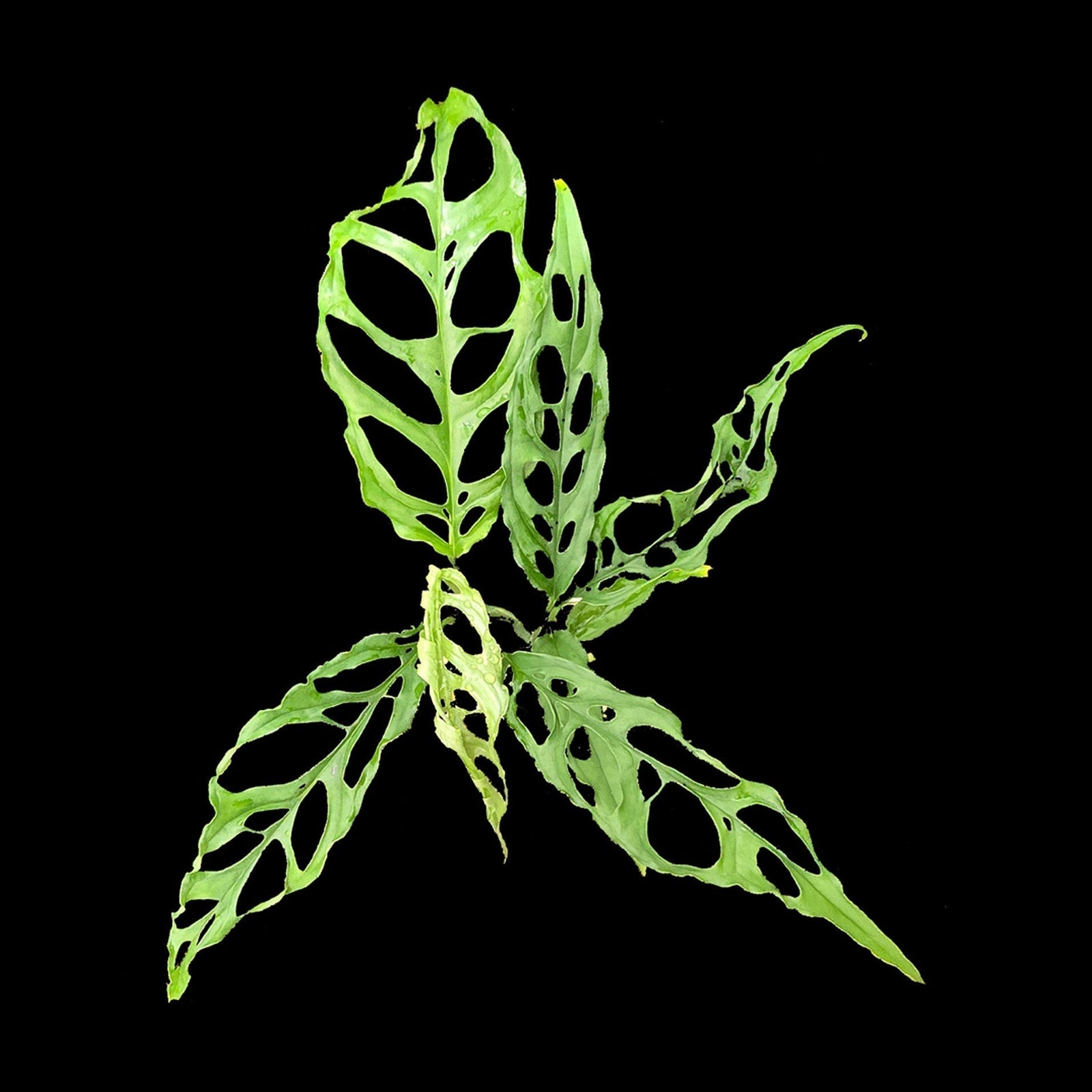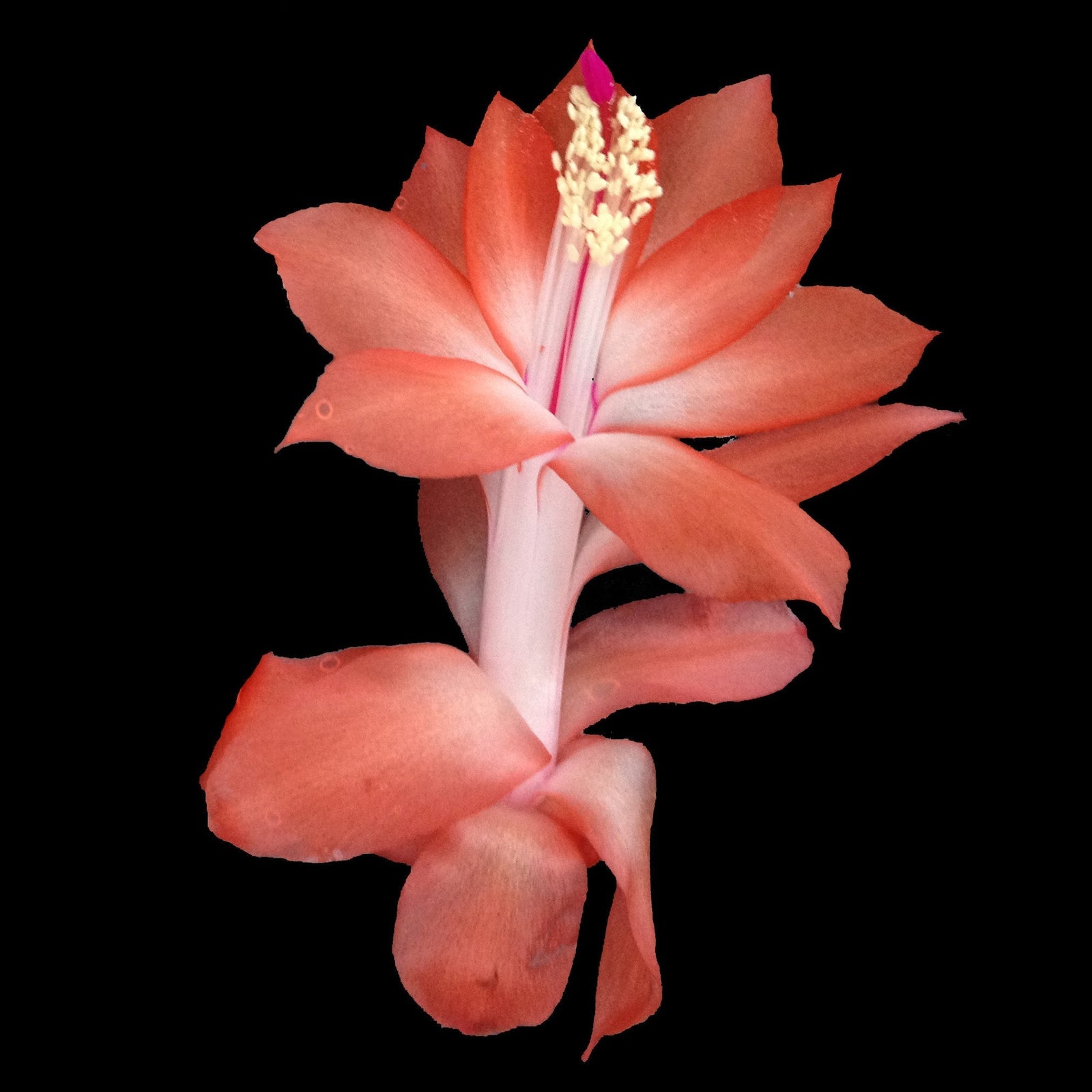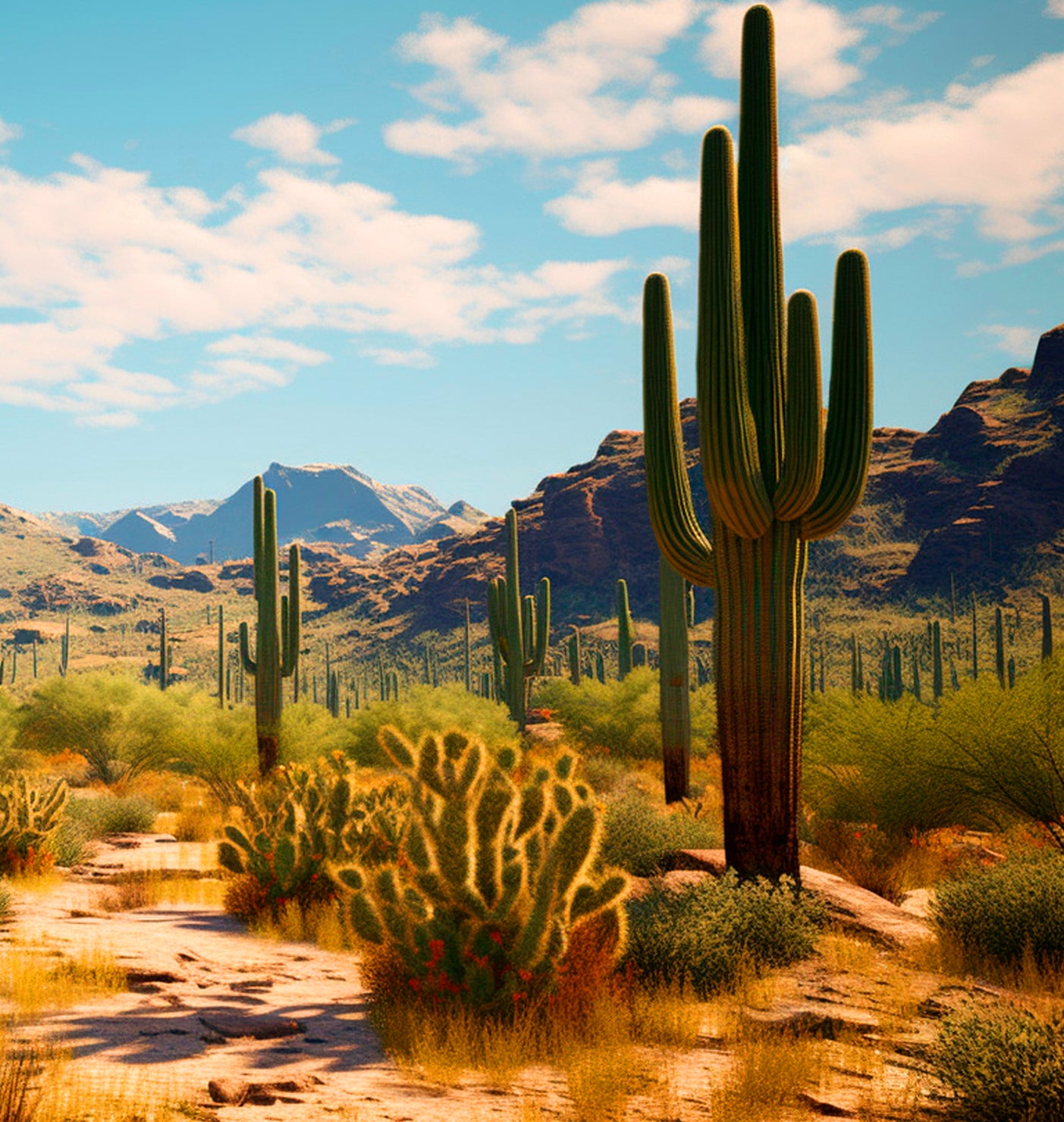Australian growers enjoy a climate that’s generally favourable for Hoyas, but our seasons can still affect growth speed, watering needs, humidity and the likelihood of flowering. Once you’ve mastered the basics, the next step is learning how to adjust your care through the year. These seasonal shifts—small but important—are what separate consistent growers from those who struggle with slow or unpredictable results.
This guide explains what to change (and when to change it) so your Hoyas stay healthy, grow faster and bloom more reliably across Australian conditions.
Spring: The Growth Reset
Spring is the most important season for Hoyas in Australia. Longer daylight hours, warmer nights and increased humidity switch the plant into active growth. This is when you’ll see vines extend, new leaves form and root systems begin expanding.
During spring, adjust your care by:
- Increasing watering frequency as the mix dries faster
- Resuming fertilising every 2–3 weeks
- Repotting only if the plant is truly root bound
- Moving plants into brighter positions to prepare for flowering later in the season
Spring is also the best time to correct issues such as poor mix, low light or overcrowded pots.
Summer: Peak Growth & Flowering Season
Summer is when Hoyas grow at their fastest in most parts of Australia. Warm temperatures and long days fuel growth—but heatwaves, dry winds and high UV can cause stress.
During summer:
- Water more frequently but avoid keeping the mix constantly wet
- Maintain high airflow to prevent fungal problems
- Give shade during extreme heat, especially for thin-leaf species
- Feed regularly to support active growth and flower development
Many species set buds late summer, ready to bloom in early autumn.
Autumn: Flowering, Cooling Evenings & Slowing Vines
As temperatures ease and nights cool, Hoyas begin to transition out of peak growth. This is a reliable time for flowering, especially in species that respond to high summer light.
During autumn:
- Reduce watering slightly as growth slows
- Maintain brightness—don’t move plants into darker rooms
- Switch to a bloom fertiliser if buds are forming
- Reduce pruning to avoid removing peduncles
Autumn is the season where good spring and summer care pays off.
Winter: Slowdown, Rest & Light Management
Winter is the biggest challenge for Australian Hoya growers—especially in cooler southern states. Short days and cold nights slow growth dramatically. Overwatering is the most common cause of winter decline.
During winter:
- Allow the mix to dry deeper between waterings
- Reduce fertiliser significantly or stop altogether
- Increase light with a grow light if your home is dim
- Avoid repotting until spring returns
A conservatively watered Hoya is a healthy winter Hoya.
Species That Highlight Seasonal Differences
The following Hoyas each show clear seasonal behaviours, making them excellent examples for intermediate growers learning to adjust their routine year-round:
- Hoya australis – A classic Australian native climber. Thrives in strong summer light and grows quickly with warm nights. Slows heavily in winter.
- Hoya guppyi – Thick leaves store moisture well, making it drought tolerant. Benefits from deep watering in warm months and much drier conditions in winter.
- Hoya wayetii – Grows quickly in summer but slows dramatically below 15°C. Excellent example of a species that needs bright winter light to avoid stalling.
- Hoya lacunosa (Variegated) – Highly fragrant blooms appear when humidity is high and temperatures are warm. Needs careful winter watering due to thinner leaves.
Each species responds uniquely to seasonal changes, highlighting how critical light, temperature and watering adjustments are for consistent growth.
The Importance of Stability
Seasonal adjustments don’t mean constant changes. Hoyas dislike sudden shifts in care. Aim for smooth transitions between seasons—slowing watering, adjusting position, or changing fertiliser gradually.
Stability encourages mature growth and reliable blooms.
Final Thoughts
Seasonal care is the next major step for intermediate Hoya growers. By adjusting watering, light and feeding throughout the year—and understanding how each season affects your plant’s behaviour—you’ll see stronger vines, more consistent growth and healthier plants overall. Mastering seasonal variation is one of the most powerful tools for Australian Hoya success.












